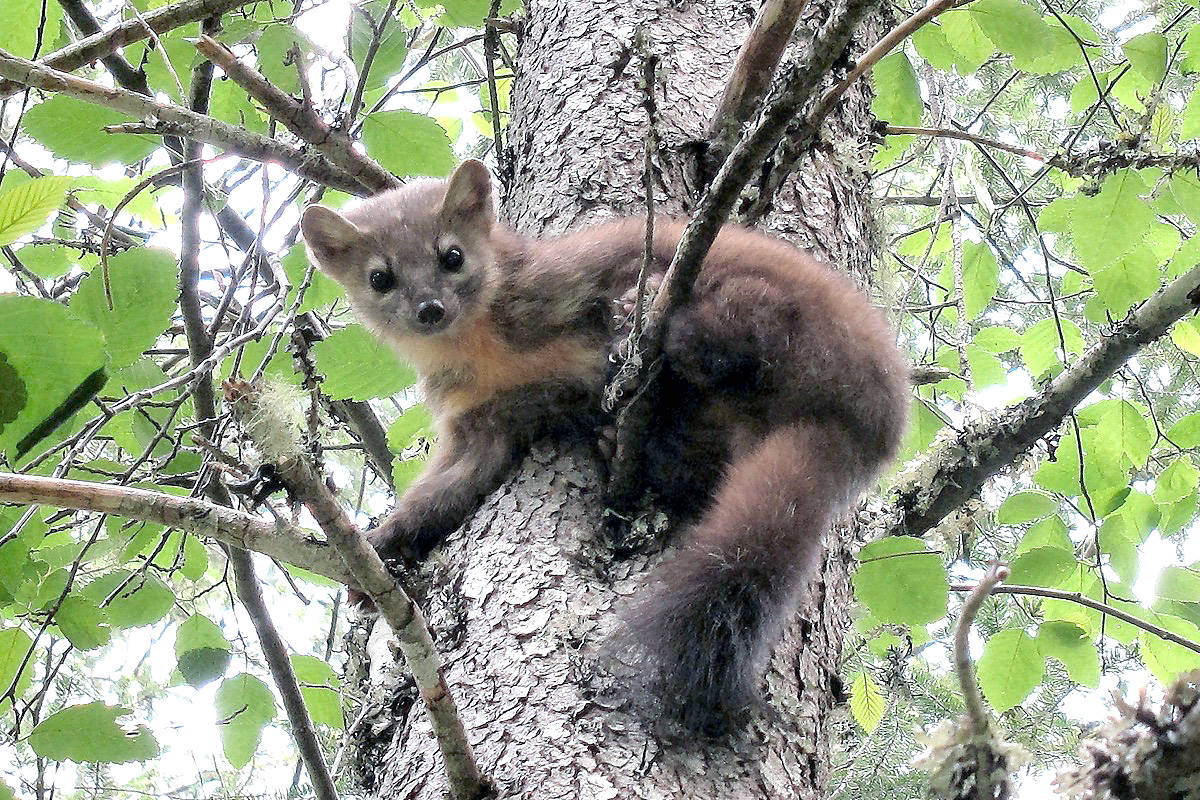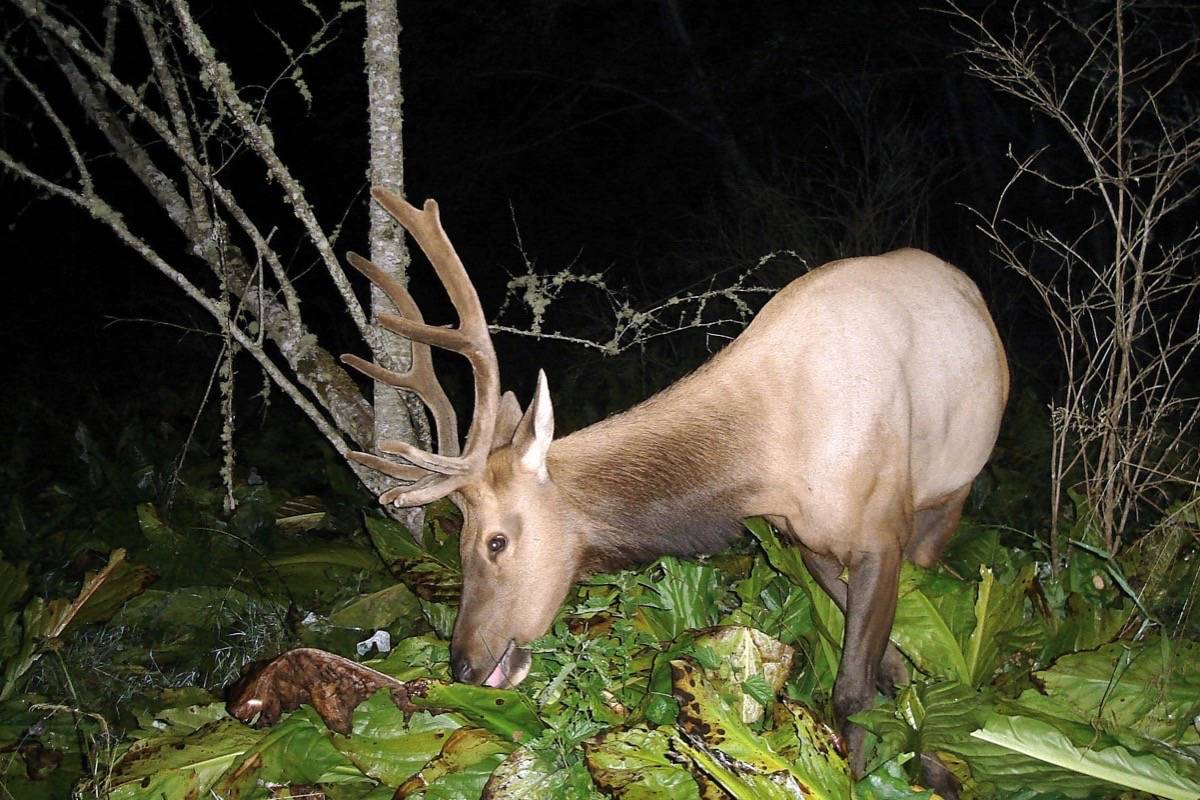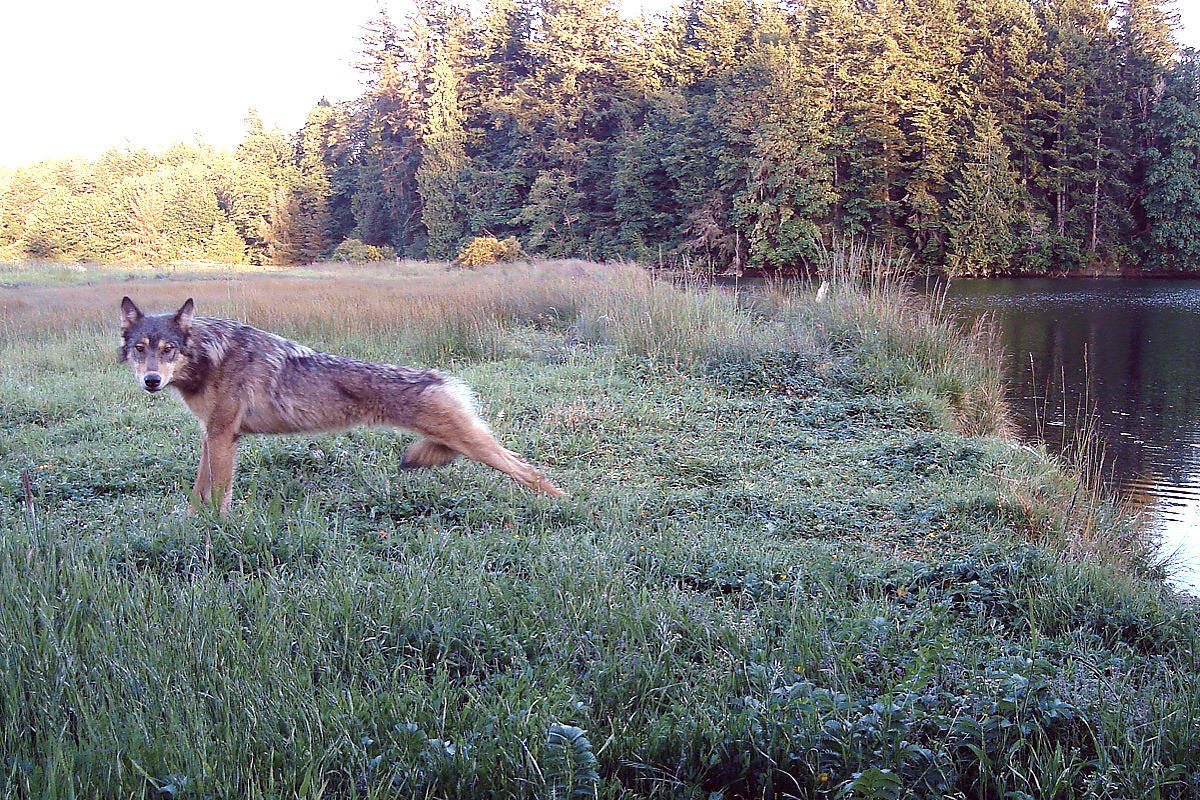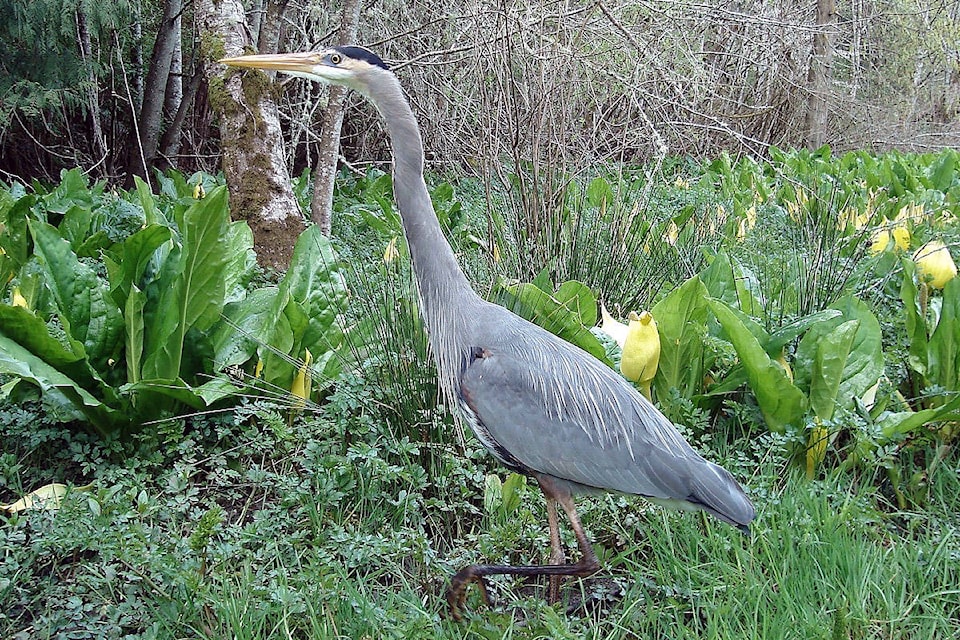Gary Schroyen likes life on the wild side. So much so that he can’t resist taking pictures of everything from otters to raccoons.
But it’s how he gets those pictures is what’s intriguing.
Schroyen has “camera trapped” for seven years. He uses infrared motion-sensored game cameras encased in metal boxes to capture wildlife in their most natural state.
The cameras are hidden in the forest and when the animal passes or sniffs around them, the cameras take a picture.
“The first thing I do when deciding where to set up my cameras is to look for animal signs. I look for active game trails that are away from where most hikers would care to venture. Then I look for physical signs such as wildlife trees where animals will often mark,” Schroyen said.
Schroyen hopes the animals will stand in one place long enough so that the camera can get a clear picture.
And, if you know what you’re looking for the chase isn’t always difficult.
Bears will often stand and claw, bite and rub trees; deer and elk will rub their antlers on trees; and cougars will create scratch piles by urinating and defecating on the side of trails.
“It’s at these areas that many animals will pass by and often stop to investigate,” Schroyen said.
His rarest photo: a pair of amorous bears who weren’t the least bit intimidated by his camera.
Then there’s the more touching moments with elk, deer, wolf, cougar and bear with their young.
“I am continually amazed at how mothers treat their young through example and repetitive process.
Schroyen, a Metchosin resident, seeks his pictures in a vast area from Humpback Road to Port Renfrew, and after years of travels has stay inspired.
“If there’s one thing that I have come to learn and respect. It’s that most species of animals I photograph will go literally out of their way to avoid a possible dangerous confrontation,” he said.
“Prey species will avoid predator species and predator species will avoid other predators as well. I have photographed this many times. In nature, it’s in all parties best interest to avoid the risk of injury through unnecessary physical conflict.”
Schroyen fell into camera trapping quite naturally. He owned point-and-shoot cameras for years using them for family photos and some nature photography, but perhaps his biggest impetus was his love for the outdoors, spawned when he helped with his son’s scouts troop.
“What the game cameras have done is expanded my interest and knowledge of the outdoors by giving me a glimpse into the animals I photograph,” Schroyen said. “You get pictures of them in their completely natural state, and up close and personal.”
Schroyen often shares his art and knowledge with the community.
He conducts free slide presentations to various groups and sometimes leads interpretive hikes teaching others on how to recognize animals signs, and some of his work can be found at the Charters River Interpretive Center on Sooke River Road.
“My hopes are that through the sharing of my pictures and experiences with others, it may spark an interest in those to get out more and explore the outdoors around them,” Schroyen said.
“I’ve never had a bad experience in the forest, only great experiences.”






